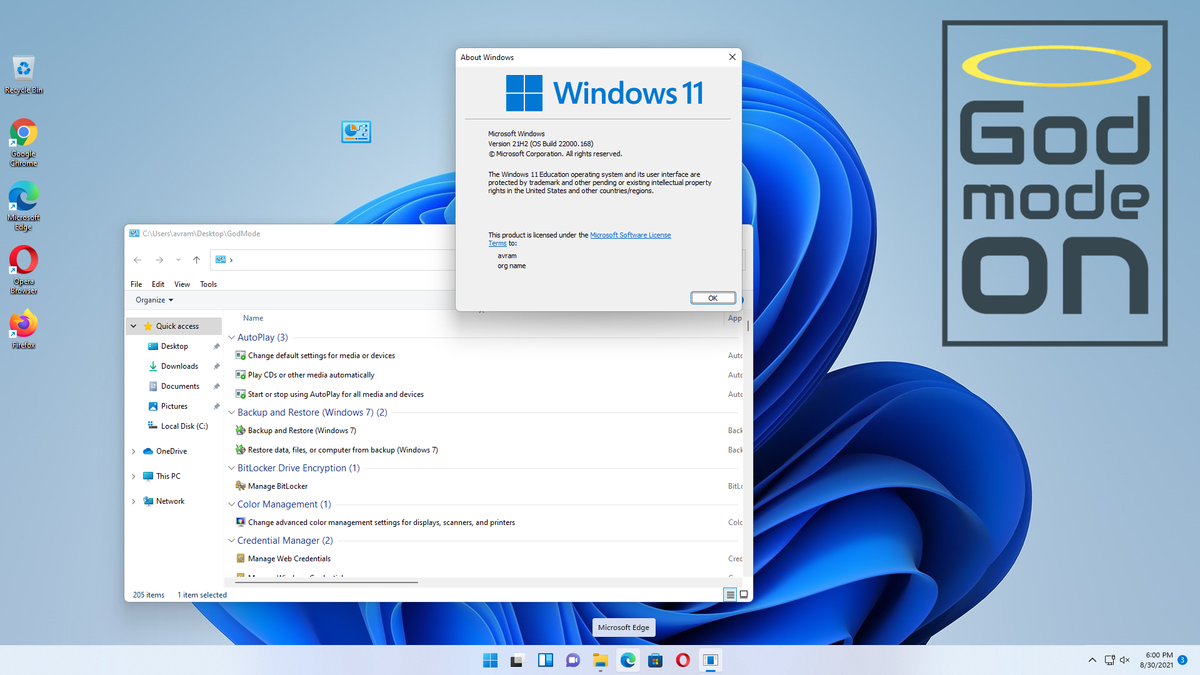
That’s no surprise, as Windows 10 S won’t have all the usual manufacturer-installed bloatware slowing things down. Microsoft demonstrated Windows 10 S signing in much faster than Windows 10 Pro on a first login. Hopefully, Windows 10 S will give more desktop application developers the push to do so. The application’s developer just has to package the application and submit it to the Store. They’re packaged using Microsoft’s Project Centennial, which allows traditional Windows desktop applications to be run in a secure container and placed in the Windows Store. Thankfully, full versions of Microsoft Office 365 applications-Word, Excel, PowerPoint, Outlook, and OneNote-are coming to the Windows Store soon. RELATED: Why (Most) Desktop Apps Aren't Available in the Windows Store But unlike normal Windows 10, you won’t have the option of downloading other apps that aren’t available in the store. You can get the same benefits by running those new Universal apps from the Windows Store on a Windows 10 PC. This ensures that applications can’t mess with your registry, leave files behind, or cause problems with the rest of your PC. These apps are checked for security and run in a secure container. Chrome cannot be run (or installed) in S-mode, so if you want chrome, you don't want S-mode.

The biggest difference in Windows 10 S is that can only run apps downloaded from the Windows Store. S-mode increases your security by limiting the user to running Microsoft browsers and search engine and only allowing downloads from Microsoft store.


 0 kommentar(er)
0 kommentar(er)
